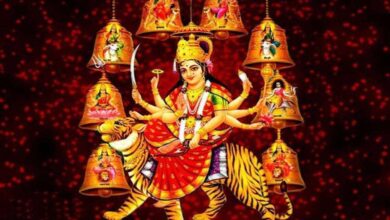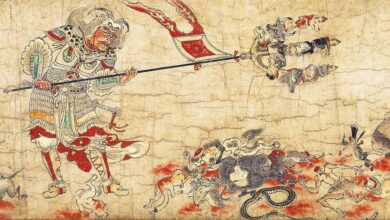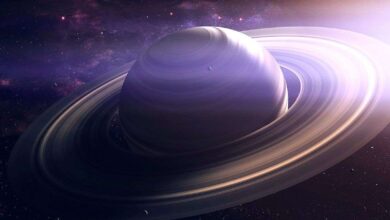We keep hearing that Makara-Sankranti is called Uttarayana but that is completely wrong. If you ask what Uttarayana is, you’ll be told that it is when sun travels towards the Northern half of the sky while in Dakshinayana the Sun is travelling towards the southern half.
We have been taught in school that the Earth and other planets circles around the Sun in orbit. So the Sun isn’t moving any North and South. But when we say Northward or Southward course we simply mean that it is an astronomical phenomenon where the apparent motion of the Sun appears to be towards one half of the sky and so the Sun appears to move in the North or South directions.
Here, the sun is moving up and down in latitudes. Longitudes are East and West, Latitudes are North and South. If every day you note down the position of the Sun in sky at the end of the year you can trace the apparent annular path of the Sun in heavens called as ecliptic measured as longitudes. The zodiac (Aries, Taurus etc…) is on this ecliptic. The sky is in 3D hence object appear to move up and down as well in terms of latitudes. Because the Earth is tilted 23.45. degrees the maximum latitude that we can apparently see in sky that the sun is moving north is 23.45. and minimum latitude that we can apparently see in sky that the sun is moving south is -23.45.
When the sun hits -23.45. in latitude it is the point in Sky which we call as winter solstice. Hence Uttarayana is also the point on which if the Sun is placed that day we’ll see the shortest day and extreme cold weather in Northern half of the earth. As Earth continues to circle around the Sun we see the latitudes of the sun gradually increasing towards north this continues till we hit the point where the tilt of the earth is very close to sun and we observe the longest day in northern hemisphere of Earth and from that point days will start becoming shorter. This point is also called as Dakshinayana.
The occurance of seasons based on tropical position of Sun (without ayanamsha). This is due to earth’s tilt of 23.45 degrees. The earth circles around sun with this tilt. When the tilt is facing the Sun we get summer and when the tilt is away from the Sun we get winter. Because of this tilt it seems like the Sun travels north and south of the equator. This apparent motion of the sun moving up and down in latitude is called Uttarayana – Dakshinayana or Northward-Southward course of Sun. The motion of the Sun moving towards the north is called Uttarayana. When it is moving towards the south it is called Dakshinayana. This causes rise to seasons. They are dependent on equinoxes and solstices. Hence Actual Uttarayana occurs on December 21st/22nd of every year.
There is a common misconception that Makar Sankranti is the Uttarayana. This is because at one point in time Sayana (Sayana zodiac start with vernal equinox – 0 degrees of Aries) and Nirayana Zodiac (Nirayana zodiac or fixed zodiac starts with some fixed starting point that is 0 degrees of star ashwini or 180 degrees opposite of star Chitra) were the same.
Every year equinoxes slides by 50 seconds due to precession of equinoxes, giving birth to Ayanamsha and causing Makar Samkranti to slide further. Begining of 1000, the sun used to enter Makara on December 31st. Begining of 1500 the Sun used to enter makara on January 8th, 1800 the Sun used to enter makara on January 11th. Now its around January 14th and 15th. Every year it slides more. As a result if you think Makar Samkranti is uttarayana then as it’s sliding it will come in June after 9000 years. Hence Makar Sankranti [ sidereal Zodiac] and Sun’s Uttarayana movement are two different things.
Actual Winter Solstice begins on December 21 or December 22 when the tropical sun enters Makara rashi. Hence actual Uttarayana is December 21.



